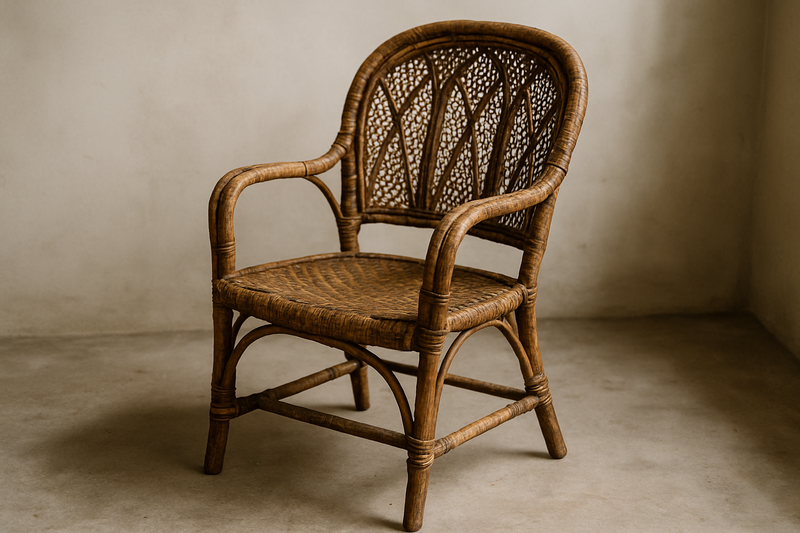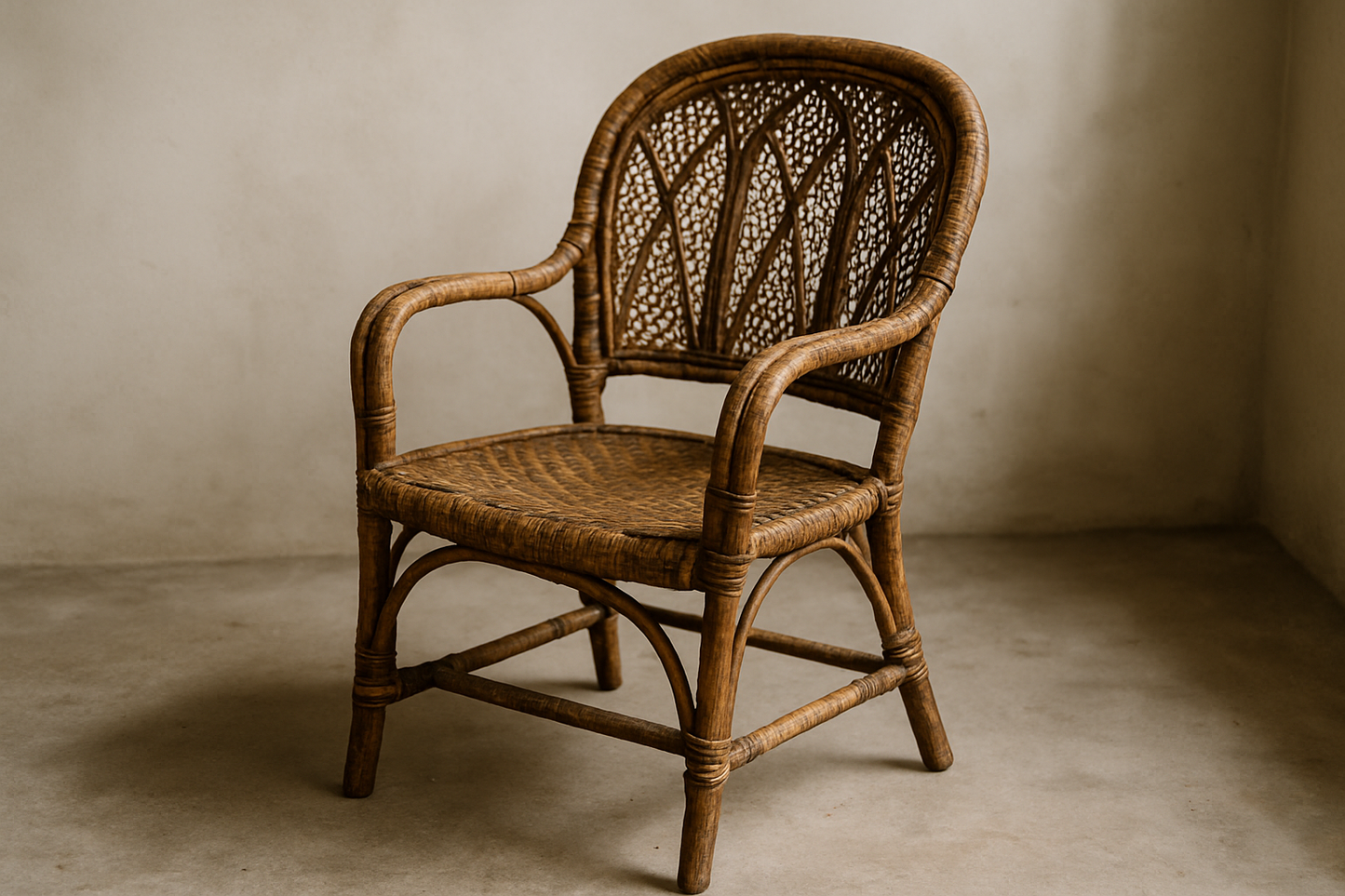I've always had a soft spot for furniture that tells a story. A few years ago, I inherited an old rattan chair from my grandparents—it wasn't fancy, but knowing it was handcrafted by a local American maker in the early 1900s made it priceless. That piece got me thinking about the artisans behind our tables, chairs, and cabinets. In this spotlight on American furniture makers, we'll explore their history, celebrate some legends, highlight today's innovators, and uncover why choosing their work is more than just a purchase—it's an investment in quality and community. No sales pitch here, just the facts and stories that make this craft so enduring.
A Brief History of American Furniture Making
American furniture making has deep roots, stretching back to the early colonial days. It all began around 1620 when settlers like cooper John Alden started crafting basic pieces from local woods like oak, pine, and maple—necessities born from whatever materials were at hand. In the 17th century, the trade split into joiners, who built sturdy, straight-lined furniture, and turners, who shaped rounded elements on lathes.
By the 1680s, styles evolved with European influences, entering periods like William and Mary (1690-1730), featuring turned legs and ornate details. Philadelphia emerged as a hub in the 1700s, producing elegant Queen Anne and Chippendale pieces, while places like Jamestown industrialized in the 1800s with water-powered tools by 1837. From handmade colonial necessities to the Arts and Crafts movement in the early 20th century, American furniture has mirrored our nation's growth—practical, innovative, and increasingly focused on craftsmanship over mass production. Today, this history lives on in artisans who blend tradition with modern sustainability.
Iconic American Furniture Designers and Makers
Some names in American furniture design have become synonymous with innovation and style. Take Frank Lloyd Wright, whose organic, prairie-style pieces integrated furniture with architecture, emphasizing harmony with nature. Then there's Gustav Stickley, the father of the Arts and Crafts movement, known for his simple, honest Mission-style oak furniture that rejected Victorian excess.
Mid-century modern icons like Charles and Ray Eames revolutionized design with molded plywood chairs, blending form and function in pieces that are still produced today. Other notables include Milo Baughman, with his sleek modernist sofas, and George Nakashima, whose live-edge wood slabs celebrated natural imperfections. These designers didn't just make furniture; they shaped cultural eras, from colonial simplicity to postwar optimism. Their work, often handcrafted or inspired by artisan techniques, reminds us that great design starts with skilled hands.
Modern Artisans and Companies Leading the Way
Fast-forward to today, and American furniture making is thriving with a new generation of artisans. Companies like Thos. Moser specialize in solid wood pieces designed for generations, using sustainable sourcing and classic techniques. James & James Furniture handcrafts heirloom-quality items tailored to your vision, from dining tables to beds, all made in the USA.
Chilton Furniture offers a modern twist on traditional New England styles, emphasizing handmade durability. DutchCrafters stands out for Amish-crafted furniture, known for high-quality woods and exceptional service. And don't overlook smaller studios like Semihandmade, where craftsmen like Thom Jones create custom, stunning pieces that ship nationwide. These makers often incorporate eco-friendly practices, like using locally sourced timber, and focus on customization—turning your ideas into functional art. In a world of flat-pack imports, they're keeping the craft alive with pieces built to last.
The Benefits of Choosing Handcrafted American Furniture
Opting for handcrafted American furniture isn't just about aesthetics; it comes with real advantages. First, the quality: Skilled artisans build pieces with longevity in mind, using solid woods that outlast mass-produced alternatives. They're unique too—no assembly-line duplicates here, just one-of-a-kind designs that reflect natural beauty and personal style.
Environmentally, it's a win: Many use sustainable materials, reducing carbon footprints compared to imported goods. Economically, your purchase supports local jobs and communities—keeping dollars in the U.S. and bolstering ethical labor practices. Plus, these pieces can be repaired or modified over time, extending their life and value. In short, it's furniture that grows with you, offering both practicality and a sense of pride in American ingenuity.
How Amerili.com Supports Furniture Artisans
Platforms like Amerili.com make it easier to connect with these makers. As a multivendor marketplace exclusively for USA-made products, we feature vetted artisans offering everything from rustic tables to modern chairs. It's a space where transparency meets variety, helping you find pieces that fit your home and values without the guesswork.
There you have it—a deep dive into the world of American furniture makers. From colonial beginnings to today's custom creations, these artisans craft more than furniture; they build legacies. If you're furnishing a space, consider the story behind the piece—it might just make your home feel a little more like history in the making. Have a favorite furniture maker or a cherished heirloom? Share in the comments below. I'd love to hear your tales!














Leave a comment